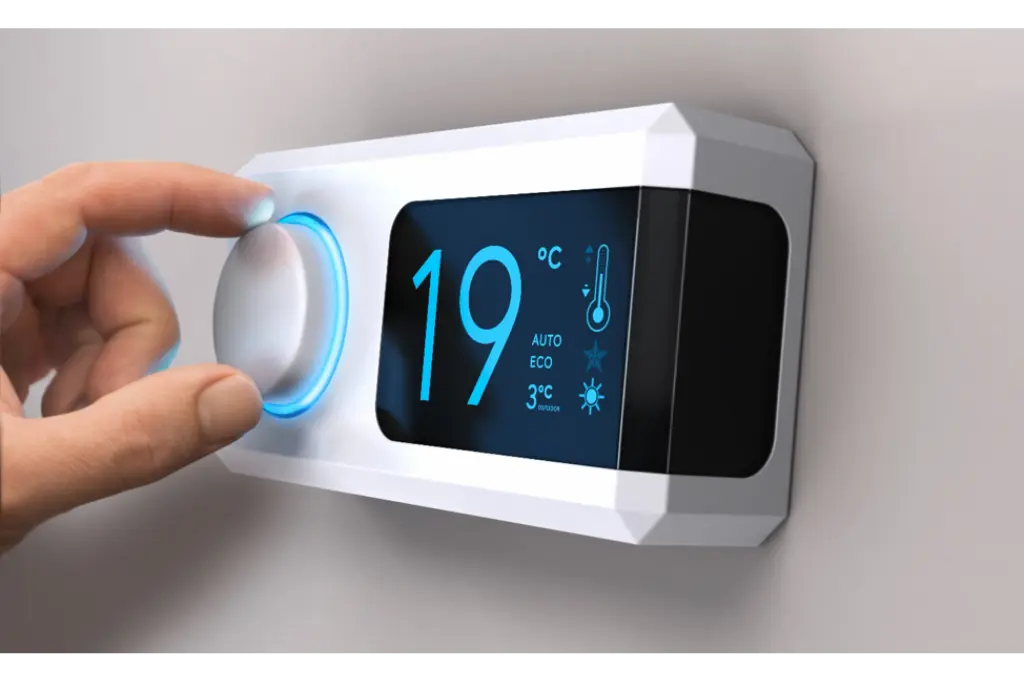
Harness the Sun, Reap the Rewards: How Home Energy Improvements Can Ignite Your Tax Savings
Imagine for a moment that you’re a modern-day Midas. But instead of turning everything into gold, you can transform your home improvements into lucrative tax credits. Replace those old doors, install some solar panels, upgrade that outdated water heater, and voilà, you’ve struck a vein of tax relief! But beware, dear homeowner, for not all that glitters is gold. Some unscrupulous companies may dazzle you with inflated claims. Fear not, we’re here to cut through the fog and help you seize the genuine advantages.
Homeowners, brace yourselves for two golden opportunities – energy-efficient tax credits that can turn your primary or secondary abode into a fortress of frugality. And for the renters amongst us, take heart! Certain costs might be claimable too. However, landlords, beware! These glittering benefits don’t extend to rental properties.
Firstly, let’s explore the “Energy Efficient Home Improvement Credit.” Think of this as your magic wand for converting specific home renovations into a tax break. It’s a shame, but this sorcery doesn’t extend to newly built homes. However, if you’re renovating or adding to your existing castle, the spell can be cast on:
- Insulation, along with new exterior doors, windows, and skylights.
- Central air conditioners, water heaters, and heating units.
- Biomass stoves and boilers.
- Home energy audits.
The conversion rate of expenses to credits works as follows:
- For 2022, it’s 30%, capped at a lifetime limit of $500.
- From 2023 to 2032, it’s 30%, up to a yearly ceiling of $1,200. For biomass stoves and boilers, there’s a separate cap of $2,000 annually, without a lifetime limit.
Now, let’s turn our attention to the “Residential Clean Energy Credit.” This credit is more inclusive and can be used for both existing and newly constructed homes. The qualifying costs cover:
- Solar, wind, and geothermal power equipment.
- Solar water heaters.
- Fuel cells.
- Battery storage.
The magic formula for this credit is:
- From 2022 to 2032, it’s 30%, without any yearly or lifetime limit.
- In 2033, it drops to 26%, yet still no yearly or lifetime limit.
- In 2034, it further reduces to 22%, maintaining the no-limit policy.
To claim these bounties, taxpayers need to file Form 5695, “Residential Energy Credits,” with their tax return. So, in the spirit of energy efficiency, why wait? Retrofit, renovate, and reap your tax rewards! Be the Midas of the modern age and turn your home improvements into a fountain of tax credits!
***Disclaimer: This communication is not intended as tax advice, and no tax accountant -client relationship results**
